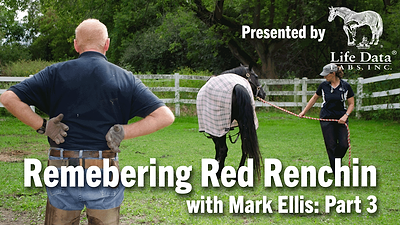Advertise Follow Us
Diseases
Hoof Nutrition Intelligence
How important is hoof nutrition in dealing with a seedy toe situation?
Read MoreResearch Journal: April 2016
The information, ideas and opinions expressed are those of the author and do not necessarily represent those of the United States Department of Agriculture.
Read More
3D Horseshoe Technology Making Strides
Oregon farrier finds perfect fit for horses with foot problems
Read More
Success With Hoof Testers Requires A Systematic Approach
An open discussion of this veterinarian-farrier tool results in ideas on avoiding common mistakes
Read More









